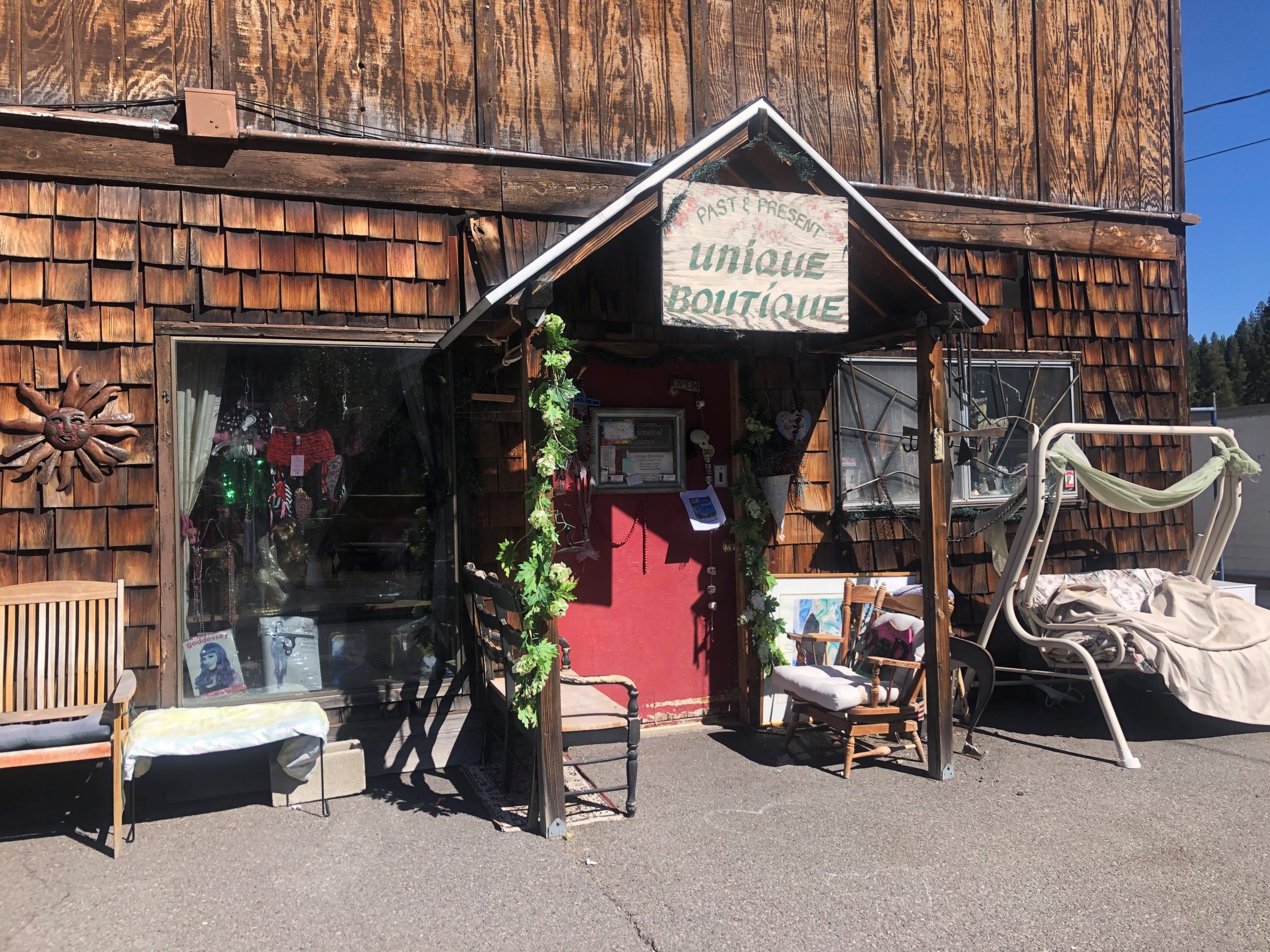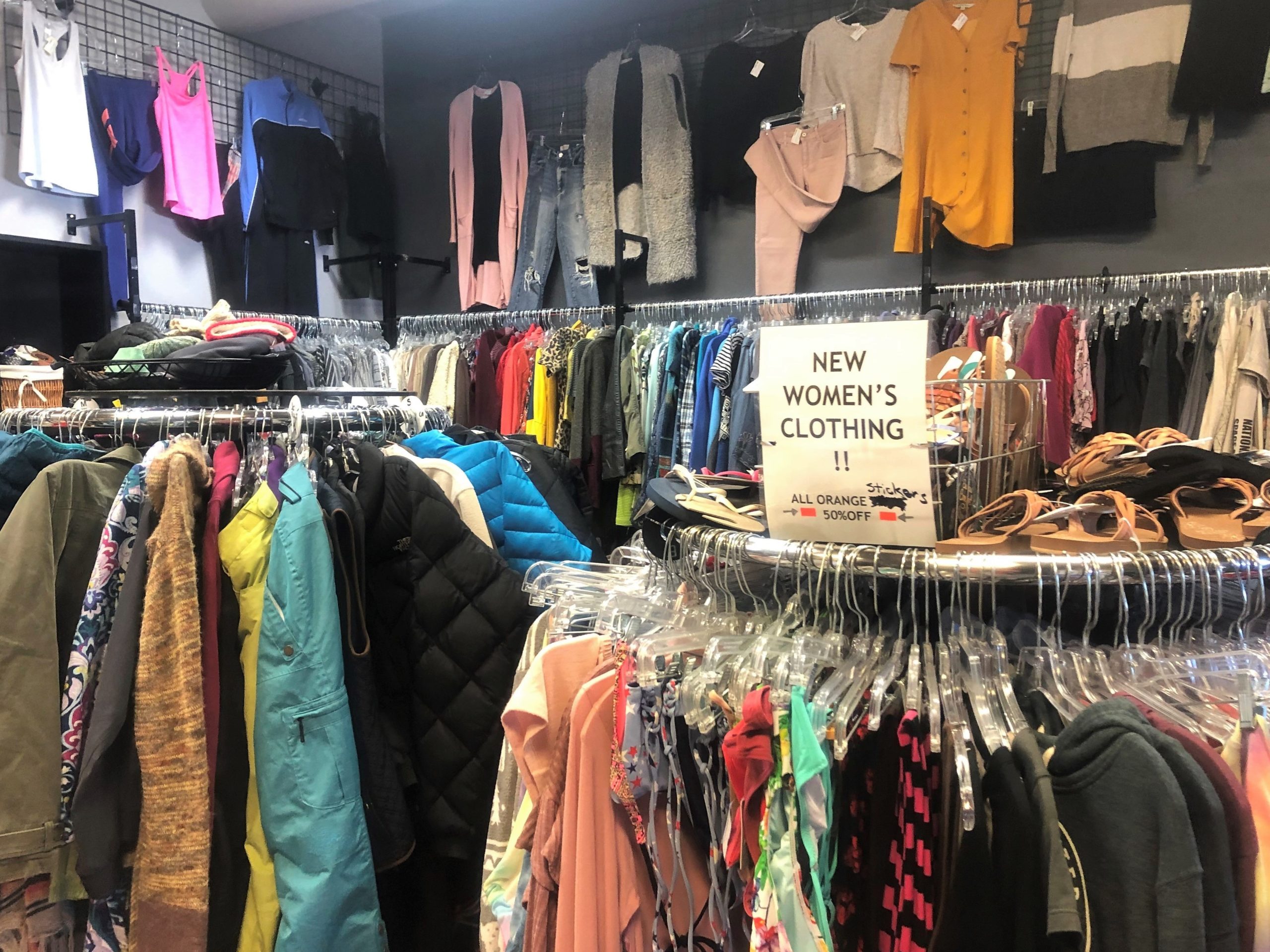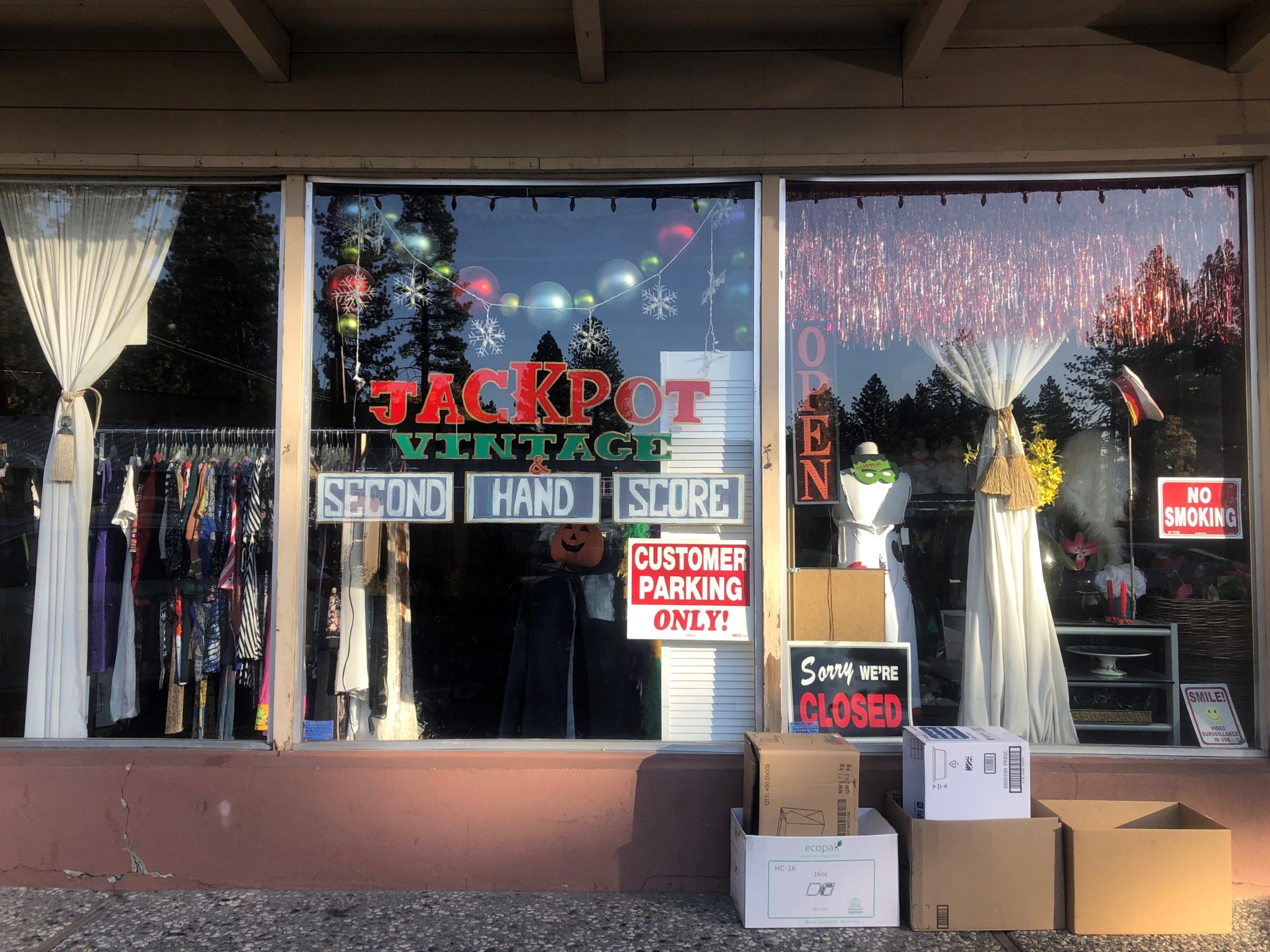My new favorite shirt used to be Trudy’s. It’s a soft, pastel yellow button-up with a flamingo and lawn-chair theme, and I thrifted it from her estate sale last month. When I wear it I think about her – who she was, what she lived for, and why she liked flamingos so much. I also think about the fate of all the flamingo garments that weren’t bought – that will end up at Goodwill, or more likely in the landfill.
What will be their stories?
What could they have been?
Humans now consume 400% more clothing than we did two decades ago. Most of that ends up in the landfill. In 2017, the EPA reported that around of the 16.9 million tons of textile waste generated in the U.S., 84.8% was either landfilled or incinerated, despite the fact that almost all textiles are recyclable in some capacity.
Rampant consumption and quick turnover have significant environmental consequences. The clothing industry contributes between 4 and 10% of global carbon emissions, not to mention intensive water use, water source pollution and highly exploitative labor practices. A large part of the problem is “fast fashion”, a production model that deliberately feeds our consumerist frenzy. Retailers like Zara, Forever 21 and H&M use cheap material and quick-turnaround styles to churn out garments meant not to last; meanwhile, piles of discarded clothes accumulate, and our fashion attention spans get shorter.
What can you do about it?
In addition to investing in quality, long-lasting garments, why not redirect the bulk of our consumption to the realm of second-hand apparel that is so large, charities and nonprofits are virtually drowning in it?
There exists a critical imbalance in the thrifting world: many more North Americans donate second-hand clothes than purchase them. Nonprofits like Goodwill are so saturated with donations that they only resell 10-20 percent of them to consumers in-store; the rest are sold to textile recyclers and downcycled into rags and insulation, or packaged in plastic and shipped abroad. Some will end up in landfills. In 2014, Goodwill sent over eleven percent of donations directly to landfills. Though donating to nonprofits or charities is certainly better than simply trashing old clothing, it is not always your best first option (see: Where Can I Give?).
Seeking second-hand sources for new clothes (and furniture, household items, and recreation gear while you’re at it) in addition to donating is a surefire way to reduce your footprint and put your dollars toward charitable causes or local businesses. If we extended the active life of clothing by an extra nine months, we could reduce clothing’s carbon, water, and waste footprints by around 20-30%. And though it may not seem like it, these consumer choices add up – in 2019 Forever 21 filed for bankruptcy, announcing it would close up to 350 stores worldwide. This was partially attributed to a shift in consumer focus away from fast fashion brands to those that claim sustainability values.
Importantly, low thrifting prices should not encourage heightened consumerism or a throw-away mentality. But when you do need to update your wardrobe or furnish a new living space, try looking second-hand first!
Where can I thrift?
Click on the store locations for more details!
The Shops:
- Tahoe Forest Thrift and Gift (Truckee, Incline Village)
- Echo Blue Truckee (Truckee)
- Unique Boutique – Viviane’s Vintage and Vogue (Truckee)
- Pass It On Thrift (Tahoe City)
- Jackpot Vintage Second Hand Score (Kings Beach)
- Tahoe Family Solutions (Incline Village)
- Thrift Depot (Reno)
- The Nest (Reno)
- SPCA Thrift Store (Reno)
- Salvation Army (Reno)
- Goodwill (Reno)
Also, make sure to keep an eye out for estate, garage and yard sales in the area!
Don’t want to shop in-person? Here are some online thrifting options:
Tahoe/Truckee People Facebook Group
This is a great resource both for selling and for finding items that you didn’t know you needed. Traffic is high and responses are quick, so you have to be on your game to get the first comment on deals. Posting in this group is a great way to find local buyers for just about anything that you have to sell. Facebook Marketplace is also a great way to buy and sell locally.
Patagonia accepts used Patagonia clothing that functions perfectly and is in good condition, and sells it for around 50% of its original price. When you trade in your Patagonia gear you can get a credit toward purchases in Patagonia stores.
ThredUp is the world’s largest online consignment and thrift store, selling like-new women’s and kids clothes for up to 90% off estimated retail. They specialize in brands like Lululemon, The North Face, Free People and Madewell. You can both buy and sell items; to sell, you simply order a clean-out kit and send it in to ThreadUp (free of charge) to get cash or credit for items that sell. You can also order a donation kit and turn your clothes into cash for charities.
Depop is a global marketplace where you can both buy and sell unique fashion items.
Where can I give?
When possible, it’s better to sell or give items to someone directly rather than simply dump them at Goodwill. You can hold a garage sale or use any of the above platforms to sell items to individuals. Check out our website page for in-person donation drop-off locations!
For more in-depth information about the clothes we wear, the people who make them, and the environmental impacts of the industry, check out the documentary The True Cost.
By: Sara Sherburne, CivicSpark Fellow


